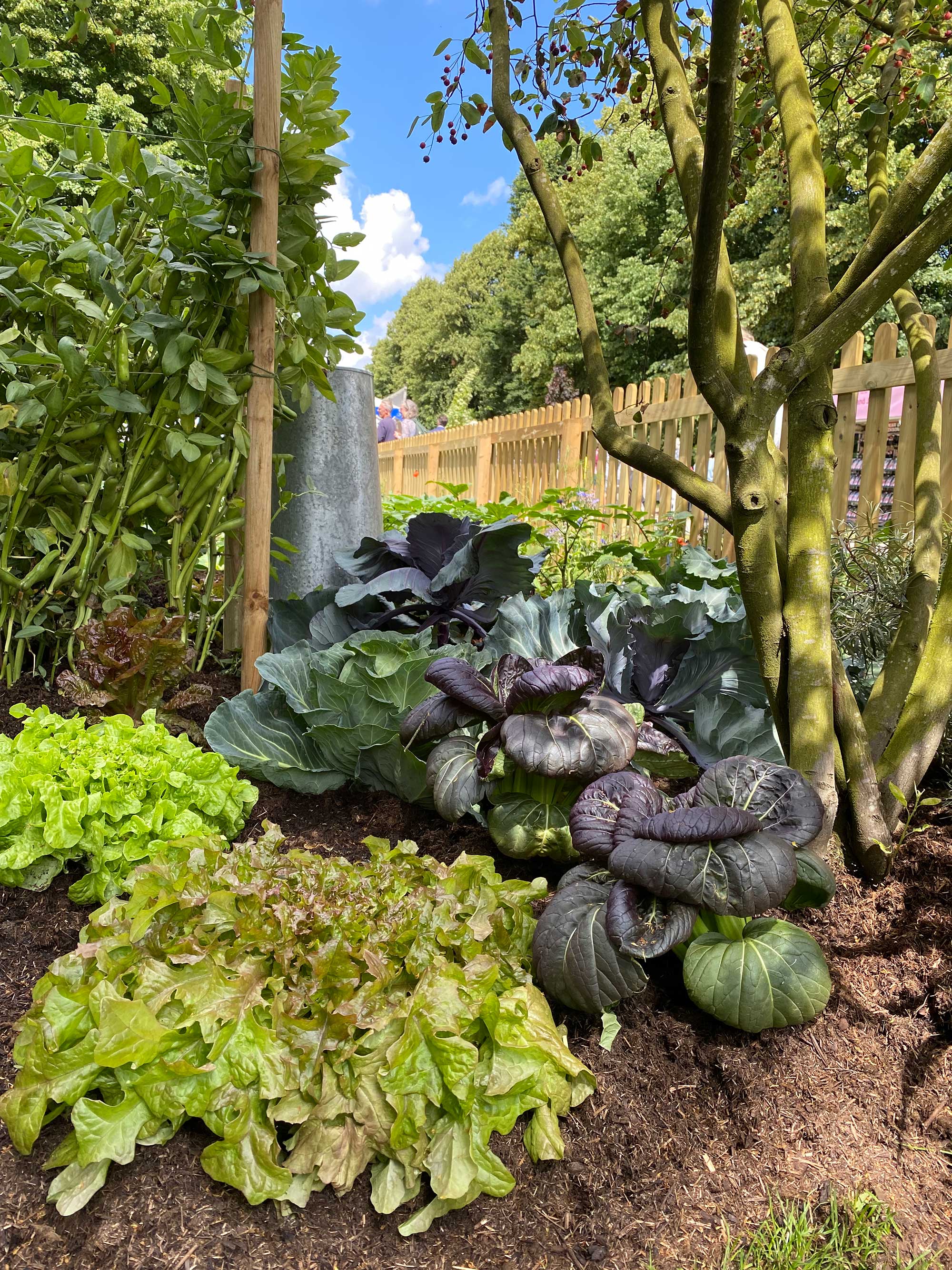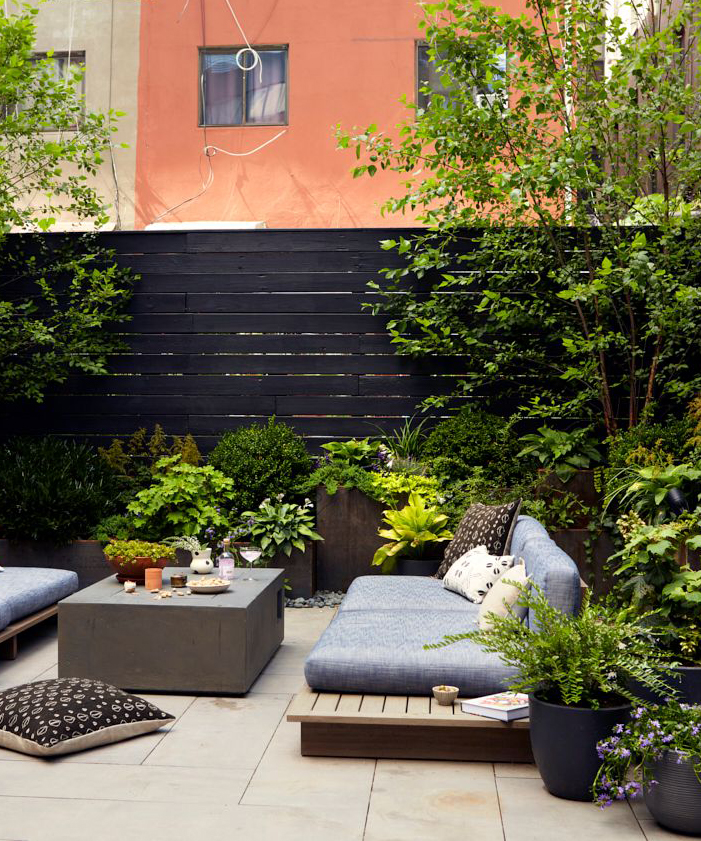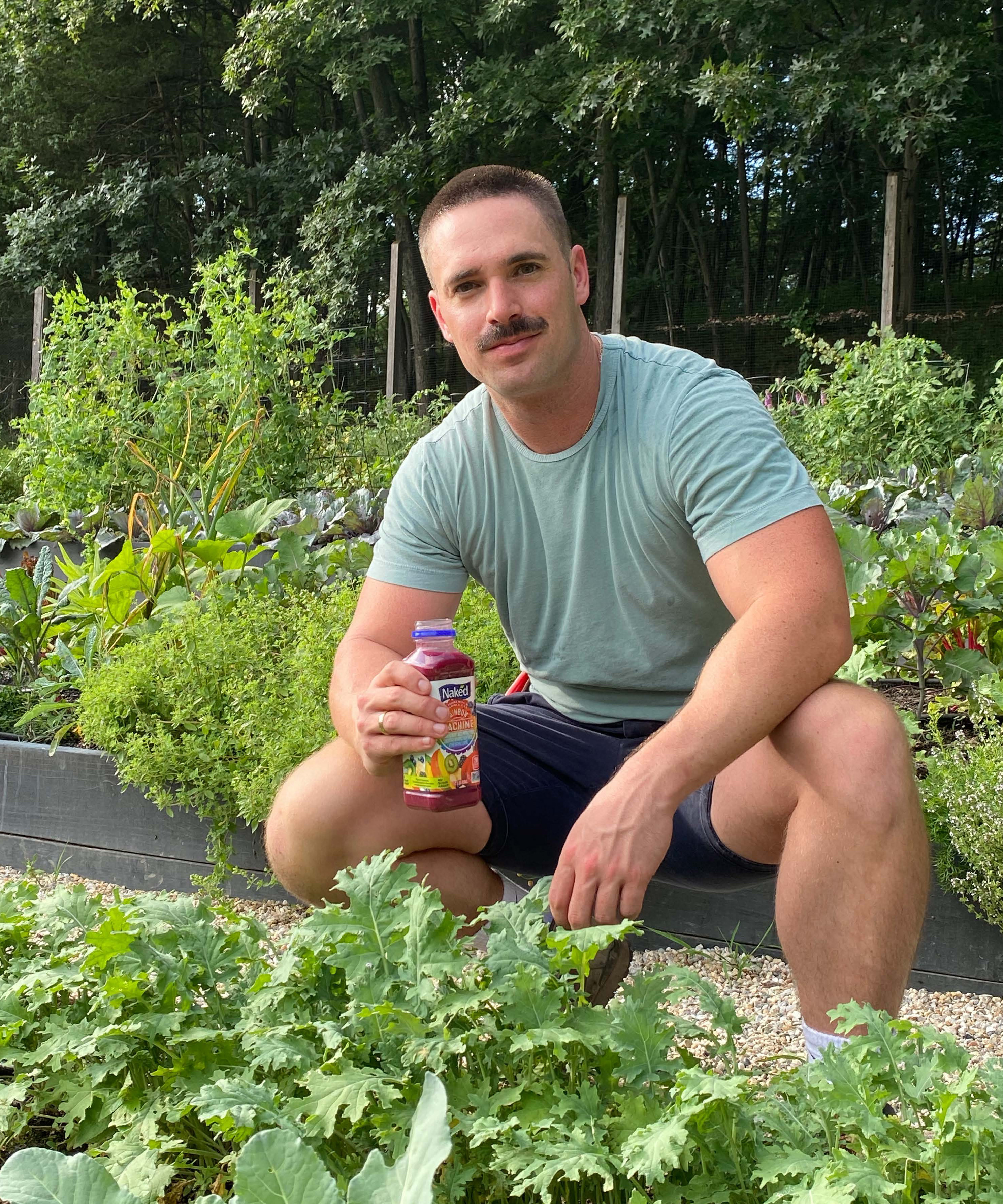Bravo star Garrett Magee shares his 5 top tips for creating and harvesting an edible garden
New York's favorite urban gardener reveals the steps to a home-grown harvest – wherever you are


As we sit on the fringe of autumn, it is perhaps only inevitable that thoughts turn to the season's golden harvest – and the home-cooked produce that showcases the fruits of your green-thumbed labor.
But where should you begin? And is it possible to grow an edible garden in harsher urban conditions? Manscaper Garrett Magee's edible garden tips reveal all you need to know.
Sharing his kitchen garden ideas exclusively with Gardeningetc, Garrett Magee notes the five steps to a successful edible garden – and you're in safe hands.
Manscaper Garrett Magee's edible garden tips
After a decade reshaping Manhattan's small gardens, the Backyard Envy star has mastered the art of an edible garden – here is everything you need to know for growing all in environments.

1. Start small – to build confidence over time
After deciding to create an edible garden, it is easy to get swept into its vast possibilities – however, Garrett urges you to start small – especially if it is your first experience of growing greens.
'A lot of our clients – and a lot of people I know – get very overwhelmed by even the idea of a garden. People think they are not good with plants. So, I always say, start small.' But where does he recommend beginning?
'It could be something as simple as a window box for the first year – just grow some herbs or maybe some basil. Keep it simple,' he suggests.
But you don't need to stay small forever. For, once you observe success from your small edible garden, Garrett prompts you to expand your patch. He suggests trialing the small garden for around a year before making it bigger. 'If you think you had a good year, expand to make it bigger. Don't start with a lot of raised garden beds or you will feel overwhelmed,' he adds.
2. Only grow the food you already enjoy

While assessing the size of your garden is one thing, knowing which plants to grow is another. With this in mind, Garrett has one simple rule that makes the process simpler: only grow the food you already enjoy.
'When people start with an edible garden, they will just go to the [store] and grab whatever they see – whether that's carrots or Thai basil,' he says. However, instead of looking at the store, Garrett urges you to look in your home at the food you already consume – and begin with the staples of your existing diet.
'What you should do is go to your refrigerator first, look inside, and see what you are actually eating,' Garrett adds. 'Then decide what you want to plant.'
3. Grow vertical

Ten years in the concrete jungle has taught Garrett how to exemplify urban gardening, but his vertical growing tip is one that works in exteriors of all sizes and climates.
'Take advantage of your vertical space. That is a really good way to create an edible garden – especially in urban gardens,' he explains. 'Use things like peas, squash, or cucumbers that you can grow vertically.' Garrett recommends investing in a trellis. However, he admits that vertical structures of all sizes work effectively in city gardens particularly.
'Even if you don't get a trellis, you can use existing structures such as a pole or even a ladder – even if you just have a fire escape, you can grow things vertically. Use anything as simple as that.'
4. Go – and grow – green

Choosing greenery that is hardy enough to survive the autumn offers eternal gratification, especially if you are new to the concept of edible gardens. That's why Garrett recommends growing produce like lettuces, spinach, kale, and herbs. 'They are so easy to grow, and you get a continual harvest throughout the season,' he says.
'With that said, you can harvest in a really smart way with these lettuces by taking trimmings from the bottom of the plant and letting it grow up so it will always have foliage,' Garrett adds.
5. Raise your plants with pot feet
In the discussion of his easy garden design ideas, Garrett revealed his top-secret to maintaining a healthy edible garden, both in harsh city conditions and beyond.
'I like to make sure all my pots and garden planters are raised on pot feet – which means you can put anything underneath your pot to raise them above the ground,' he suggests. 'It helps with drainage, and – in the winter – it helps keep the pots off the floor and above the harsh winters that can be hard on the plant. Just raising them by one inch can help so much,' Garrett says.

Has Manscaper Garrett Magee's edible garden tips helped to reshape your small vegetable garden ideas? If so, happy planting, happy harvesting and happy cooking.
Plus, to promote the benefits of an edible garden, Garrett partnered with Naked Juice to explore the benefits of edible gardens worldwide.
Megan is the News and Trends Editor at Homes & Gardens. She first joined Future Plc as a News Writer across their interiors titles, including Gardeningetc, Livingetc, and Real Homes. As the News Editor, she often focuses on emerging microtrends, sleep and wellbeing stories, and celebrity-focused pieces. Before joining Future, Megan worked as a News Explainer at The Telegraph, following her MA in International Journalism at the University of Leeds. During her BA in English Literature and Creative Writing, she gained writing experience in the US while studying in New York. Megan also focused on travel writing during her time living in Paris, where she produced content for a French travel site. She currently lives in London with her antique typewriter and an expansive collection of houseplants.

